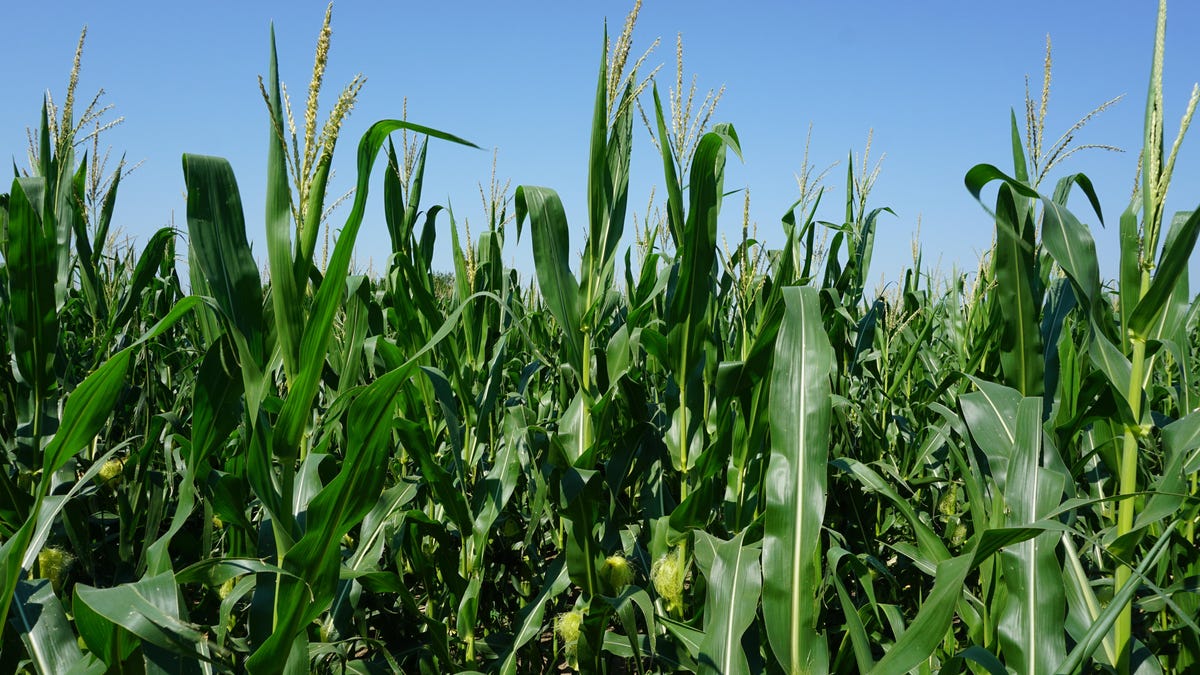FCC to create $9 billion 5G subsidy program for rural America
The agency will focus on next generation 5G, as it replaces the $4.5 billion Mobility Fund II created to subsidize 4G LTE deployments.

Many parts of rural America lack reliable, fast internet connections. The FCC has been working to change that.
The Federal Communications Commission said Wednesday that it plans to ditch a $4.5 billion subsidy program for 4G LTE in rural areas and instead launch a $9 billion fund to bring 5G wireless to hard to reach parts of the country. FCC Chairman Ajit Pai said the new fund will help carriers pay for 5G deployments in sparsely populated, hard-to-reach areas of the US, or areas in the states with rugged terrain.
The news comes as a yearlong investigation from the FCC found that carrier data that was supposed to help the agency target where money should go as part of its Mobility Fund II program was inaccurate. Now the FCC says it'll scrap that fund and start a new one to focus on the next generation of wireless technology, known as 5G.
Some policy experts have worried that rural Americans will be left out of 5G, which promises lightning-fast speeds and the ability to power new technologies like self-driving cars and advanced augmented and virtual reality experiences.
Pai said the FCC's fund is meant to ensure rural America isn't left behind when it comes to 5G.
"We must ensure that 5G narrows rather than widens the digital divide and that rural Americans receive the benefits that come from wireless innovation," Pai said in prepared remarks.
One of the key applications for 5G in rural parts of the country is to provide connectivity for precision agriculture or technologies that improve the accuracy and control involved in growing crops and raising livestock. The FCC said it'll set aside at least $1 billion from the fund specifically for 5G deployments focused on precision agriculture needs.
The rural digital divide
Getting broadband to rural parts of the country has proved to be a pernicious problem. In spite of the billions of dollars in private investment and government subsidies over multiple decades, the numbers still paint a disturbing picture. Roughly 39 percent of rural Americans lack access to high-speed broadband, compared with just 4 percent of urban Americans, according to a report from the FCC using 2016 figures.
Building networks in rural America is incredibly expensive, and in some places it's nearly impossible. The terrain is often a problem as well, with installing infrastructure difficult in mountainous regions or where the ground is frozen for much of the year. But the biggest barrier is often low population density. Broadband providers simply won't offer service if they can't get enough customers to pay for it.
A fresh start
The new 5G Fund will replace the Mobility Fund Phase II, a fund that was meant to provide federal money to support the rollout of 4G LTE service in underserved parts of the country. The FCC plans to hold a reverse auction to allocate the funding, the agency said.
"5G has the potential to bring many benefits to American consumers and businesses, including wireless networks that are more responsive, more secure, and up to 100 times faster than today's 4G LTE networks," Pai said in his statement. "We want to make sure that rural Americans enjoy these benefits, just as residents of large urban areas will."
A report from the FCC released Wednesday found that data submitted by Verizon, US Cellular and T-Mobile to qualify for funds in the Mobility Fund Phase II didn't accurately portray real-life speed tests of service in many rural areas.
"Specifically, FCC staff conducted thousands of speed tests to measure network performance and concluded that the MF-II coverage maps submitted by certain carriers likely overstated each provider's actual coverage and did not reflect on-the-ground experience in many instances," said the FCC, which named Verizon, US Cellular and T-Mobile.
The report recommended ending the Mobility Phase II program and issuing an enforcement advisory on submitting bad data. An FCC official said Pai doesn't intend to take enforcement action against carriers, because it wasn't clear that the inaccuracies were the result of carriers deliberately misleading the agency.
The Competitive Carrier Association, which represents wireless carriers in rural areas, said the report confirms what the industry group had said for some time, which was that the parameters established by the FCC to collect the data weren't sufficient to yield a reliable map.
"I thank the FCC for its findings that the MF II initial eligible areas maps are fatally flawed and its focus on improving the maps," said CCA President and CEO Steven Berry. "The maps overstated coverage because the parameters relied on by the FCC model overstate coverage."
Berry went on to say that he welcomed the report's recommendation to improve data collection to create more-accurate maps.
"Congress has been following this issue very closely" Berry said. "This issue has bipartisan, bicameral support, and CCA urges swift consideration to ensure the maps more adequately reflect consumers' on the ground experiences."

